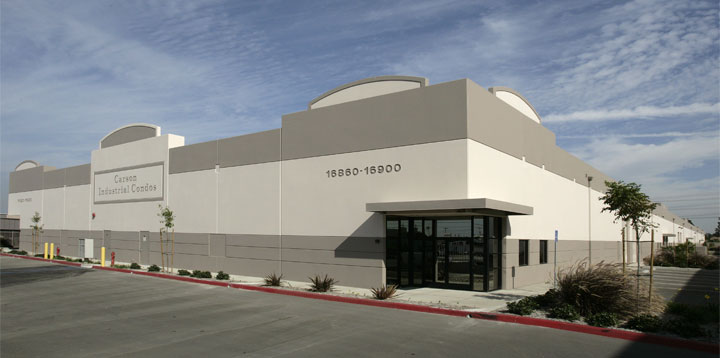In recent weeks, dozens of Downtown Los Angeles stakeholders have criticized a plan by the city Planning Department and the Community Redevelopment Agency that would prohibit residential development on approximately 80% of Downtown’s industrial-zoned land. The Los Angeles Planning Department and CRA last month unveiled a plan for addressing Downtown’s industrial-zoned land. The study, which largely reiterates the findings of planners’ controversial 2006 Industrial Development Policy Initiative, divides Downtown’s industrial-zoned land into four categories. Most of the property, approximately 80%, falls into Employment Protection Districts, where planners recommend retaining exclusively industrial uses.
The report, which planners released as a staff memo on Jan. 3, is meant to guide the Planning Department and CRA staff on where to approve residential construction and where to oppose it. Some members of the industrial community also question the boundaries. Frank Gallo, vice president of Downtown’s Rancho Cold Storage, just west of the Los Angeles River between Sixth and Seventh streets, said that an Employment Protection District adjacent to a district with residential development will not deliver any new benefits to industrial users.
“The boundaries should be along major arteries, not secondary streets,” he said. “Define it as a proper industrial area, or define it as residential, and we’ll deal with it. We just don’t want to end up landlocked, and we don’t want to see spot zoning.”
“You need to step back and put it in the proper perspective,” said Jack Kyser, senior vice president and chief economist for the Los Angeles County Economic Development Corp. Noting the current saturated housing market and the strong demand for industrial land, he said that prohibiting residential development in key industrial areas and investing in industrial infrastructure will bring the city new and lucrative industrial development. – excerpts from Los Angeles Downtown News 1/14/08. more information on this subject can be found at blogdowntown

